Korea has four distinct seasons, each with its own charm. Depending on the season, both the landscape of the country and the produce from its farms will change.
Fruits are also seasonal with varying peak seasons. When they are in season, they are plentiful, which usually means that the prices will go down.
In this article we will take a look at fruits in South Korea and learn when to buy them!
Spring
Strawberries 딸기
Price: ₩20,000-25,000/kg
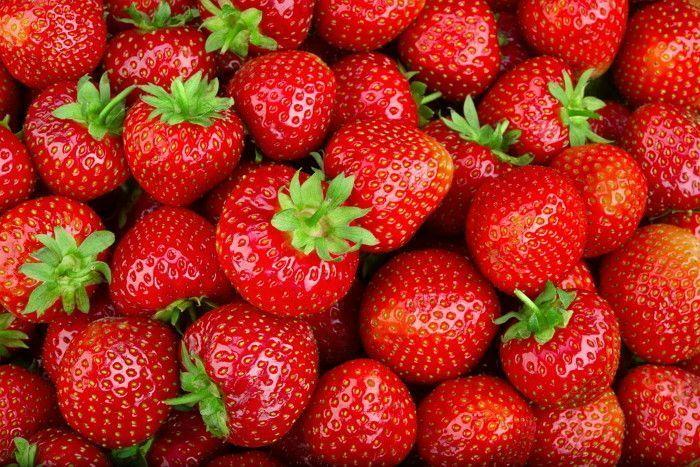
Everyone loves strawberries! If you come to Korea in the spring, you should definitely try some Korean strawberries.
When they are in season, you can find big, fresh and cheap strawberries in Korean traditional markets.
Chamoe 참외
Price: ₩5,000-8,000/kg
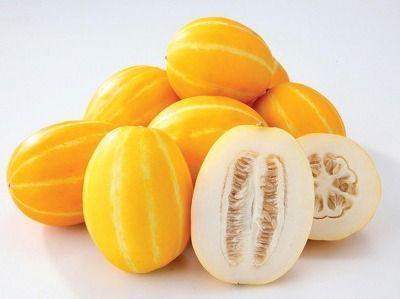
At the end of spring, chamoe, also called Korean melon, will begin to mature in large quantities. They are primarily a domestic produce of Korea, so definitely try some when you come here.
Chamoe is rich in potassium and is also said to be an effective diuretic.
Furthermore, 100g of melon only has 30kcal, while still being satisfyingly sweet. It's a great substitute to sugar-loaded snacks.
Thanks to greenhouse cultivation, chamoe melons can now be eaten all year round.
Summer
Watermelon 수박
Price: ₩5,000-7,000/kg
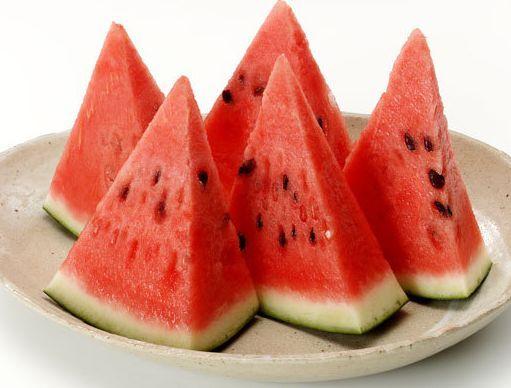
The most iconic summer fruit in Korea is the watermelon! Every summer, you will find many products inspired by watermelon.
As another way of enjoying refreshing and sweet watermelon, Koreans have invented the summer dessert "Watermelon Punch" .
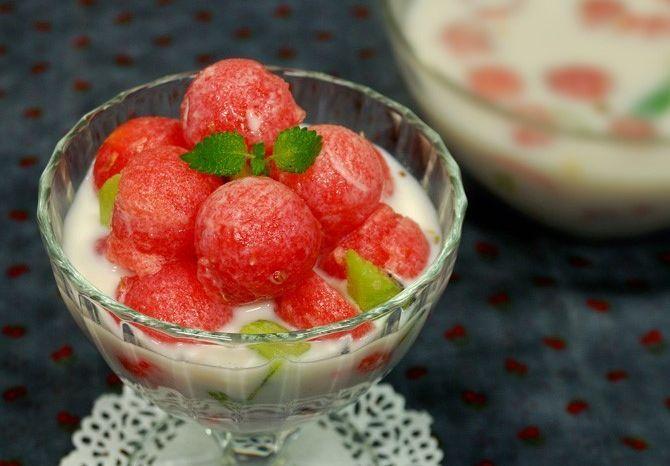
Called subak hwachae in Korea, watermelon punch is usually made with watermelon cut in cubes or balls, milk, lemon-like soda (Sprite or similar) and ice cubes.
Some people use the drink Milkis instead of milk and soda to save some effort.
Tomato 토마토
Price: ₩4,000-6,000/kg
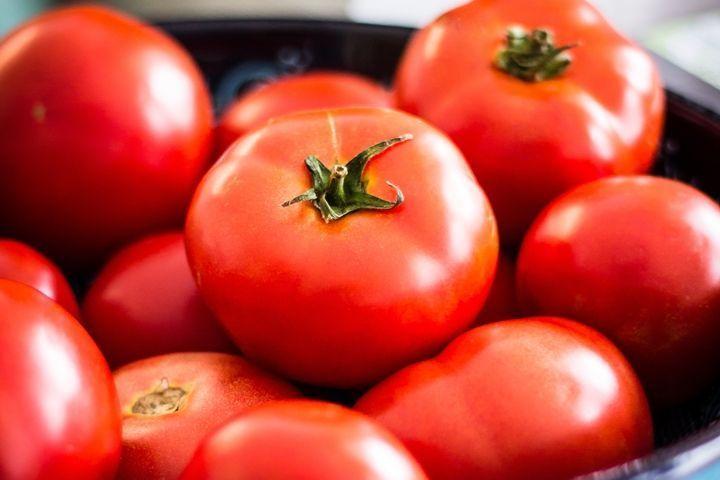
Tomatoes are a very healthy source of food and are said to have anti-cancer benefits.
Tomatoes also have low carbohydrate content and won't cause your blood sugar levels to rise too quickly, and they help protect your skin from ultraviolet rays in summer.
Koreans usually don't cook tomatoes, instead tomatoes are often eaten raw (some like to sprinkle sugar on) or made into juice.
Sprinkling sugar on the tomatoes is surprisingly good, but it will make them less healthy - so eat them raw if you are on a diet!
Grapes 포도
Price: ₩10,000-15,000/kg
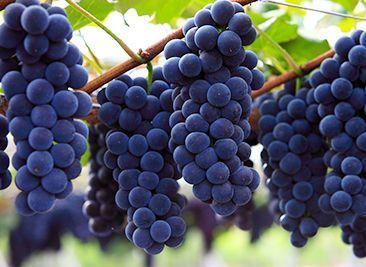
South Koreans love grapes, and there are many varieties grown in the country, such as green grapes, purple grapes, Kyoho grapes, and even more expensive Muscat grapes.
Grapes are useful from inside out: in addition to tasting great, their seeds can be used to make cooking oil!
Peach 복숭아
Price: ₩15,000-20,000/kg
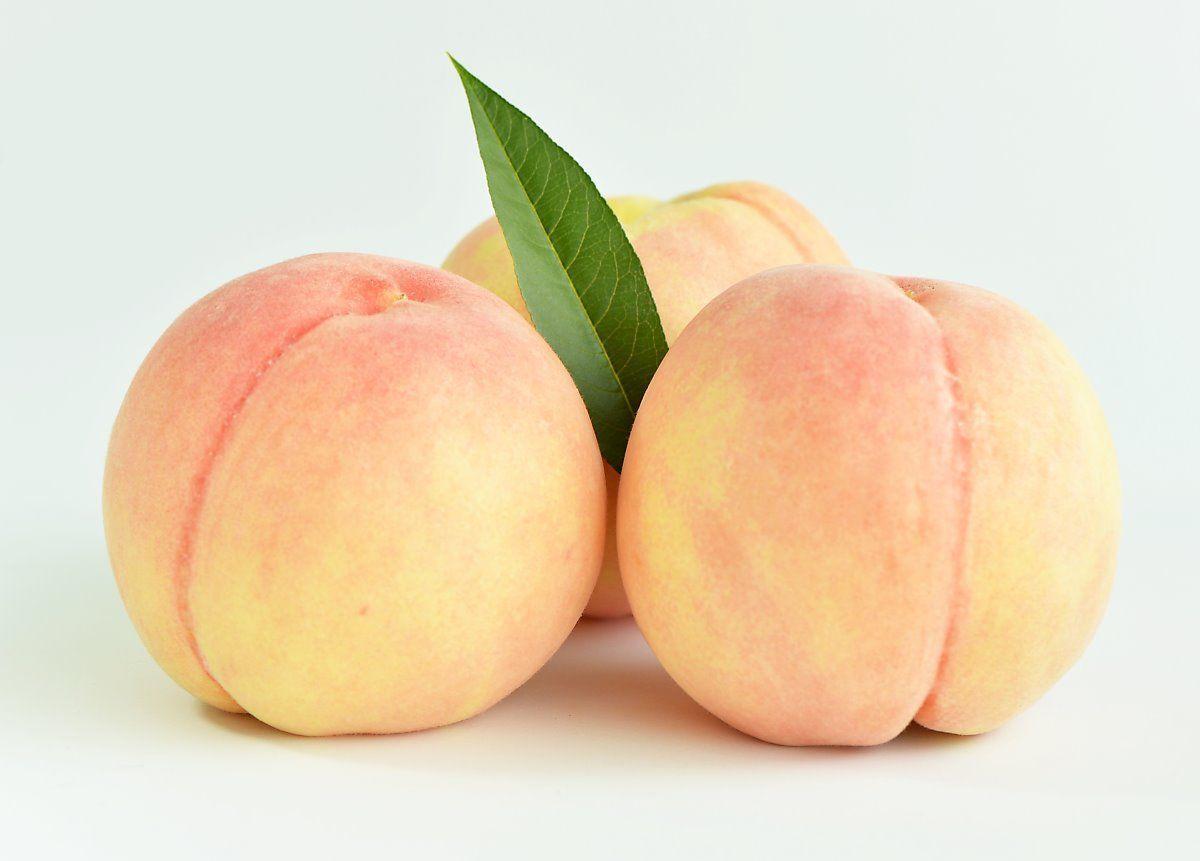
Korean summers are humid and hot, making it easy to lose one's appetite. Here the peaches come in handy, as they can increase appetite, boost your energy, and even ease hangovers!
This versatile fruit is a great summer treat. However, Koreans love peaches to the extent that they will can them in order to enjoy all year round!
Fall
Apples 사과
Price: ₩4,000-6,000/kg
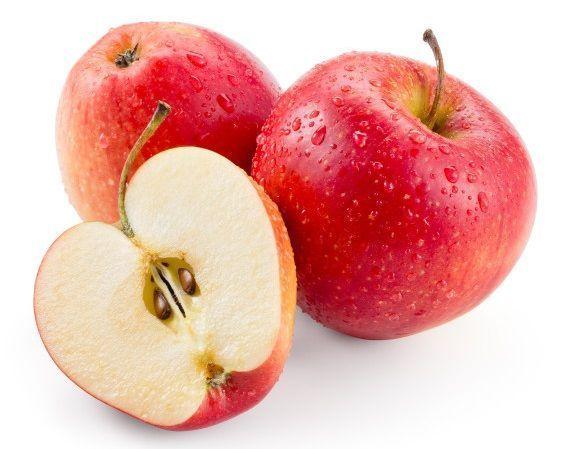
The first thing that comes to mind when Koreans think of autumn fruits is most likely bright, red apples. This is both the most popular and most consumed fruit in Korea.
Beautifully wrapped apples is a great gift for the holiday Chuseok, when they are often placed on the ceremonial table.
There is a common saying in Korea that goes: "Apples eaten in the morning are golden, and apples eaten in the evening are poisonous."
And you will find that few Koreans will enjoy apples after dinner or before they go to bed.
Pear 배
Price: ₩3,000-5,000/kg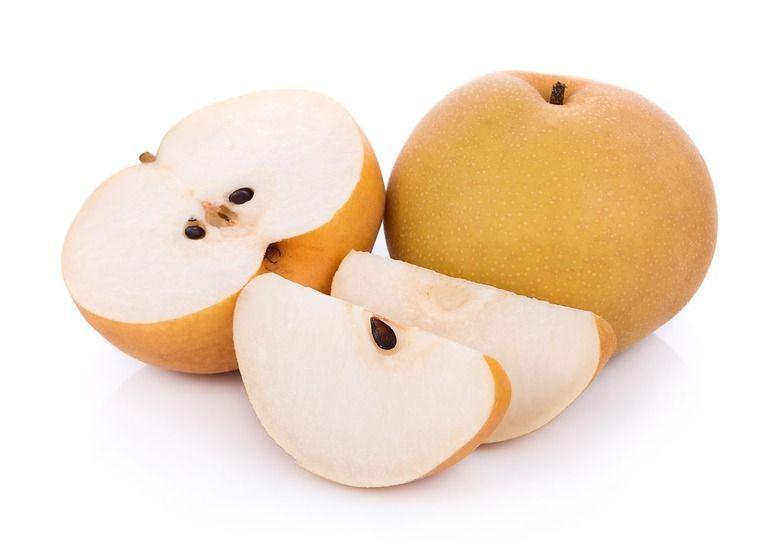
Pear is another fruit that Koreans enjoy in the fall, and similar to apples they will also appear on the Chuseok ceremonial table.
Furthermore, pear juice is very popular in Korea. Not only is it an effective diuretic, but it has benefits for both digestion and the immunity system.
If you have lived in Korea for a couple of years, you have likely had pear juice on several occasions.
Persimmon 감
Price: ₩2,000-4,000/kg

Persimmon is another fruit associated with the fall season. In the countryside, you can find fallen persimmons here and there, mixed with fallen foliage. Persimmons are rich in vitamin C, and are said to help prevent colds while also having anti-cancer properties.
There are three major ways of enjoying persimmons in Korea:
1. Freshly picked (referred to as sweet persimmons - 단감).
2. Exposed to the sun for 3 to 5 days, or put it in a jar to mature (red persimmon - 홍시).
3. Air dried after removing its skin (dried persimmons - 곶감).
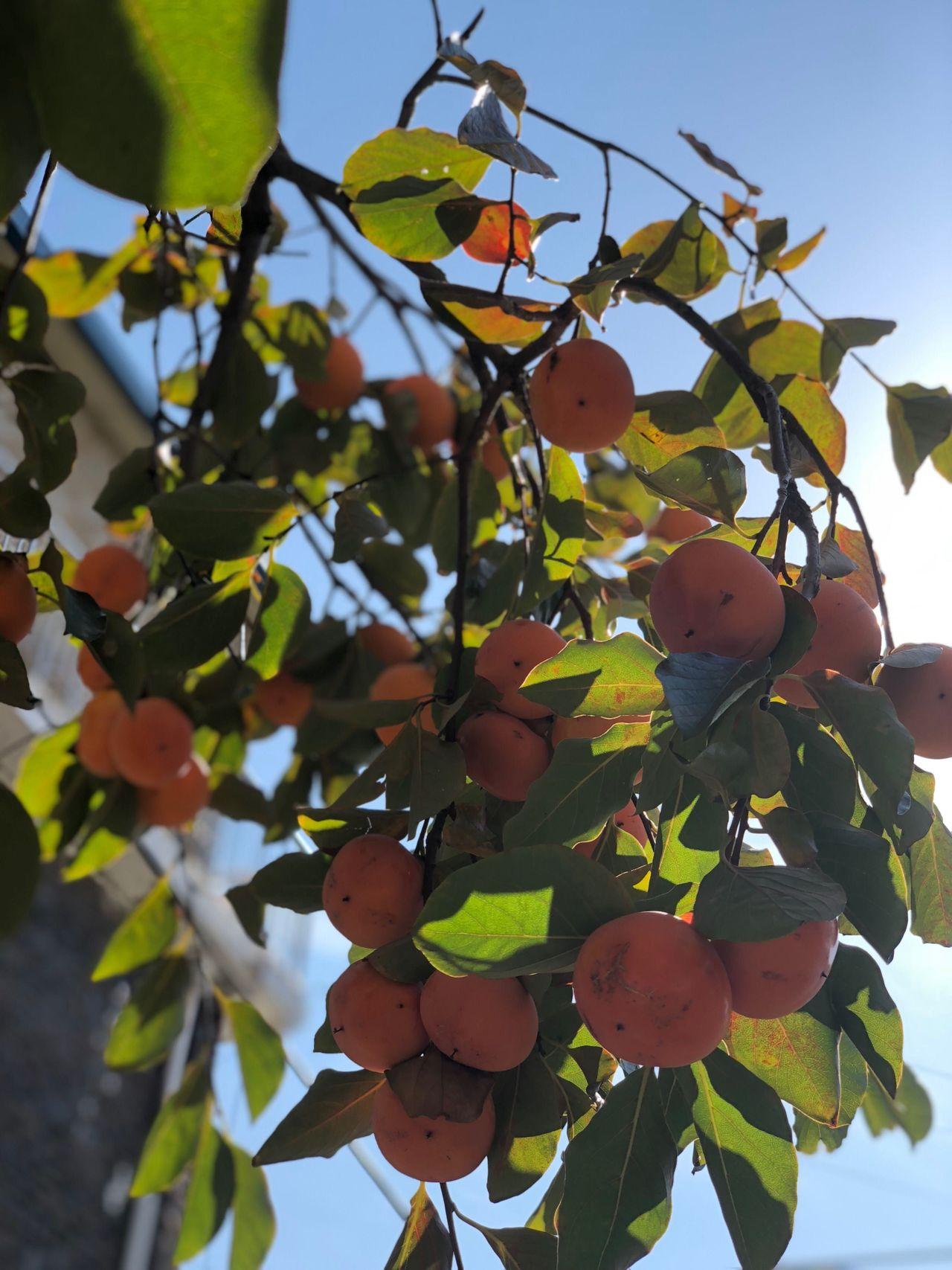
How do you prefer your persimmons? Personally, I prefer matured red persimmons (홍시 - hongsi). After maturing, they are less astringent, and will be both softer and sweeter.
Winter
Hallabong Orange 한라봉
Price: ₩10,000-15,000/kg
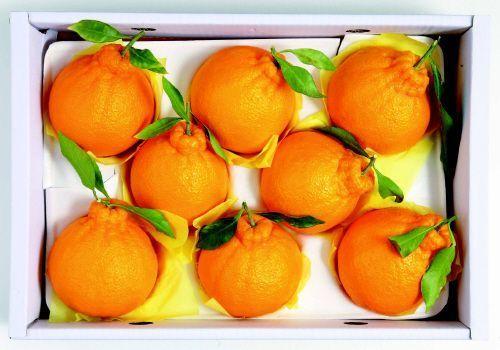
The Hallabong orange is mainly grown on Jeju Island. It got its name from how the shape of its stalk end look like the peak of Mount Hallasan on Jeju Island.
Hallabong oranges are rich in vitamin C, which is helpful when recovering from fatigue or weight loss. If you are going to Jeju Island during peak season, definitely pick up some of these oranges.
You should store the oranges in a cool place or in your refrigerator in order to maintain the great taste.
Mandarin 귤
Price: ₩6,000-9,000/kg
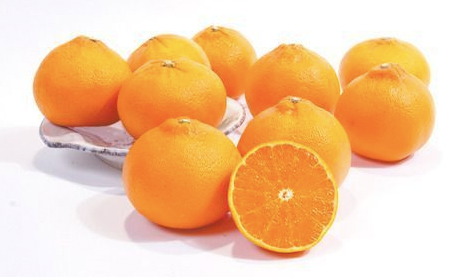
Like Hallabong oranges, mandarins are mainly grown on Jeju Island, south of the Korean peninsula.
Nowadays there are many different kinds of mandarin grown in Korea, including the popular Cheonhyehyang and Redhyang varieties.
The former has a great smell that is said to travel long distances, soft and tender flesh and light acidity; the latter is known for its reddish skin which is thick and easy to peel.
Yuja 유자
Price: ₩8,000-10,000/kg
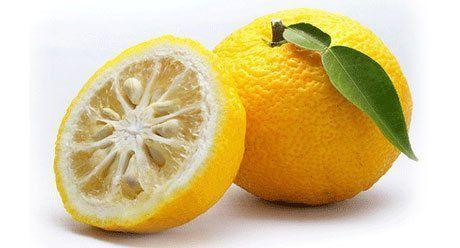
Also known by its Japanese name yuzu, the yuja is rich in vitamin C. A cup of yuja tea will have a great effect on colds, working both preventive and after you caught one.
Most Korean coffee shops will have yuja tea on their menus, which tells us something about its popularity in the country!
Pomegranate 석류
Price: ₩10,000-13,000/kg
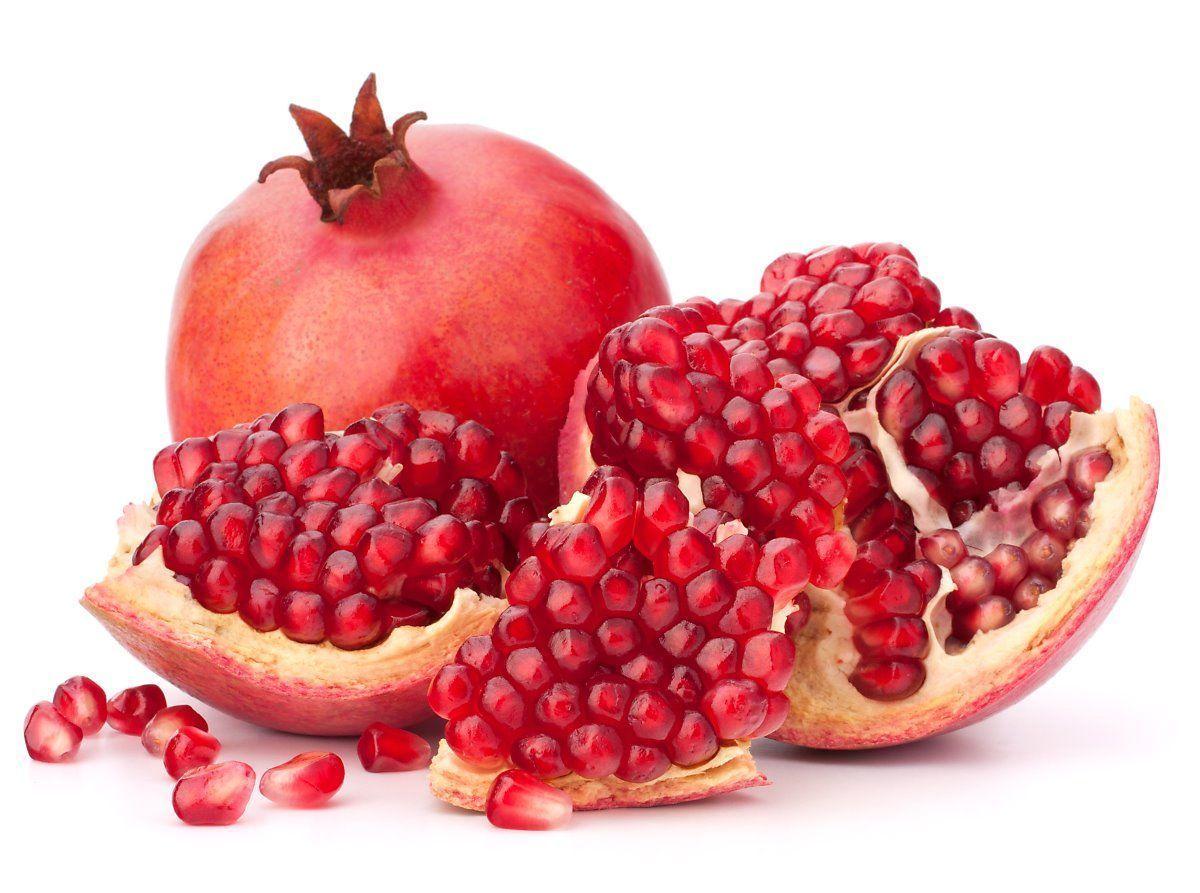
Pomegranate contains phytoestrogens that help balance female hormones, and is especially popular among women in South Korea.
It is said to be especially good for women in their 40s to 60s who are going through menopause. If you are looking for a souvenir or a gift to take back, Korean pomegranate tea could be a good option.
If you have questions or comments about the blog post, please leave a comment below or email us at help@creatrip.com.

